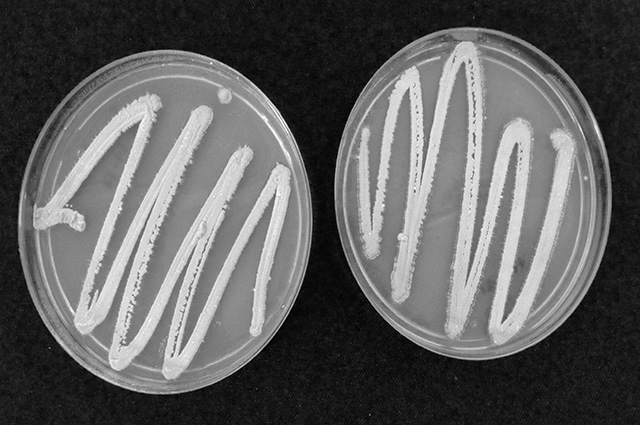
Researchers at the Philippine Rice Research Institute (PhilRice) found that actinomycete, an aerobic bacterium suitable under upland conditions, can increase root dry weight, number of tillers, and root depth of upland rice.
Farmers in the upland can raise their harvest through bacteria that was found to increase plant growth rate and yield.
Researchers, led by scientist Jayvee A. Cruz of Philippine Rice Research Institute (PhilRice), discovered that actinomycete (Streptomyces mutabilis), a plant growth-promoting bacteria (PGPB), showed promising results.
Based on Cruz’s study, actinomycete, an aerobic bacterium suitable under upland conditions, can increase root dry weight, number of tillers, and root depth of upland rice. It can also promote growth even under moisture stress.
“The country’s production of upland rice remains low, at approximately 2 t/ha only. By applying half fertilizer treatment combined with PGPB treatment, farmers can get additional yield of 0.5 t/ha,” Cruz said.
Cruz also said that a lesser amount of chemical fertilizer is needed for soil treatment, which can address environmental concerns and rising cost of fertilizers.
The 32-year-old scientist, however, emphasized that the treatment is not a 100% substitute for synthetic fertilizers.
At present, there is no commercially available actinomycete inoculant in the Philippines. Another type of microbial inoculant for upland rice varieties will soon be produced resulting from this study.
Cruz said that further field assessment is needed to provide more information on the performance of actinomycete inoculant under limited moisture conditions in upland rice production.




